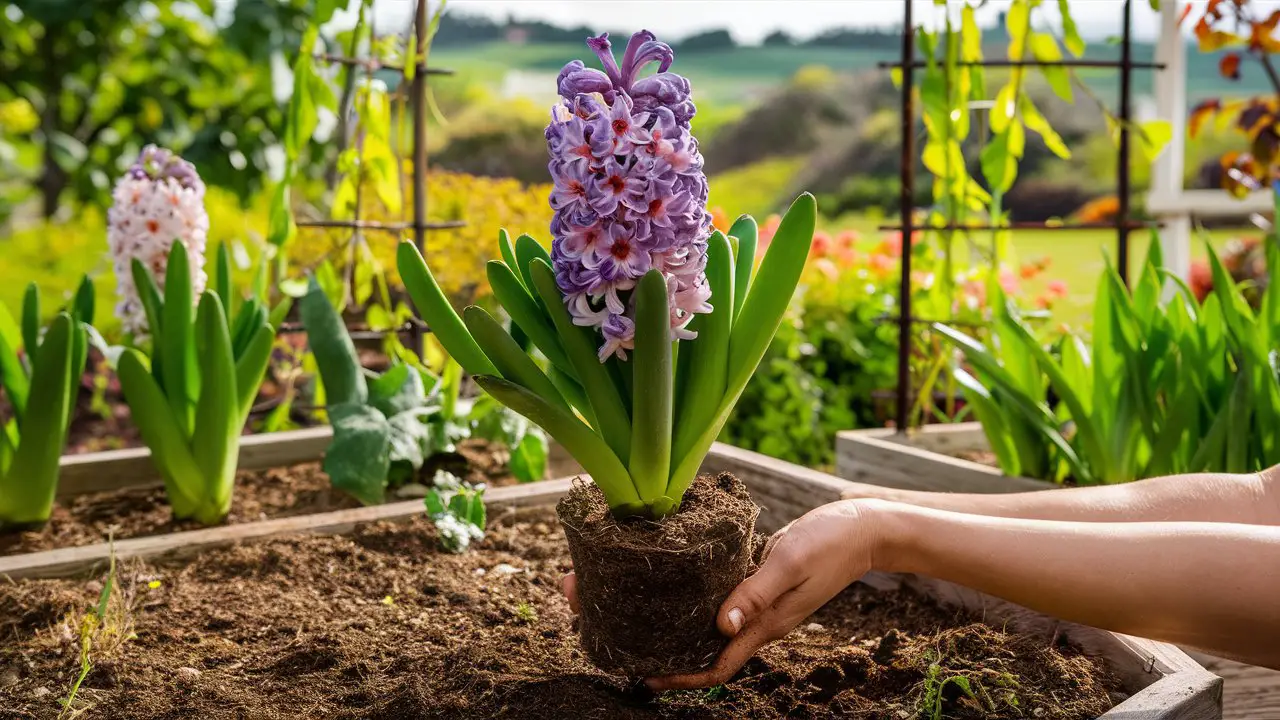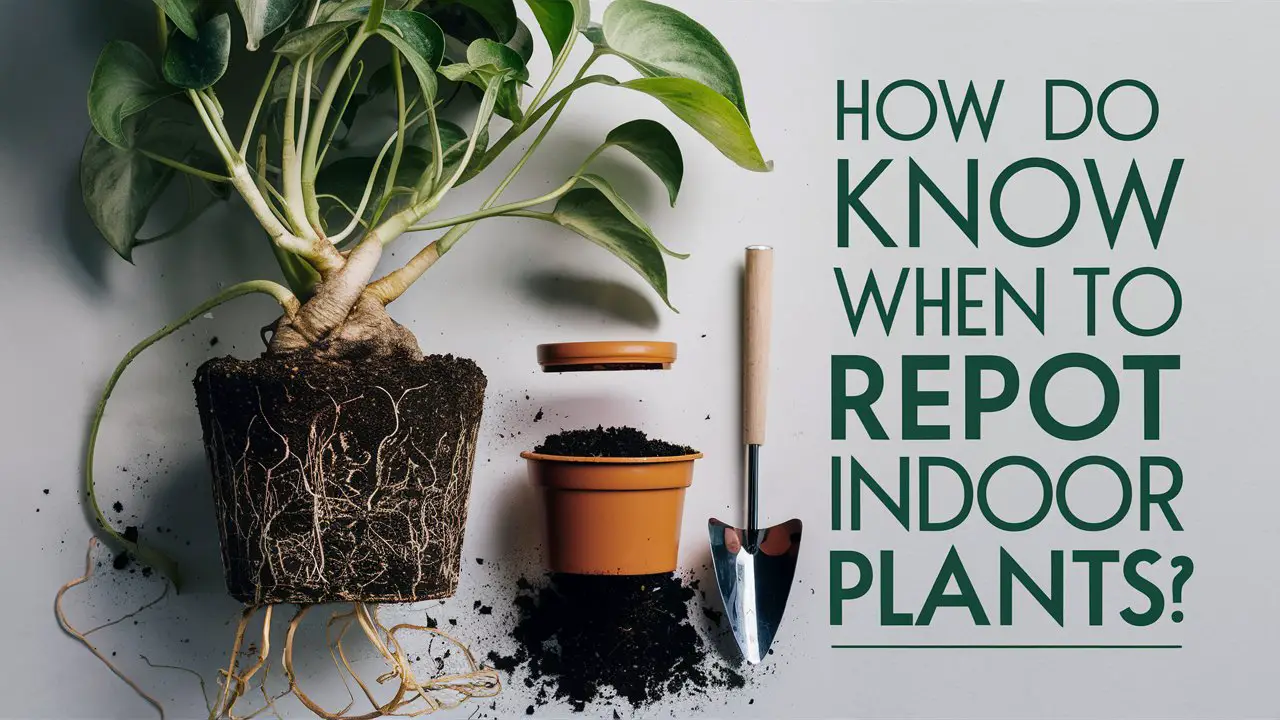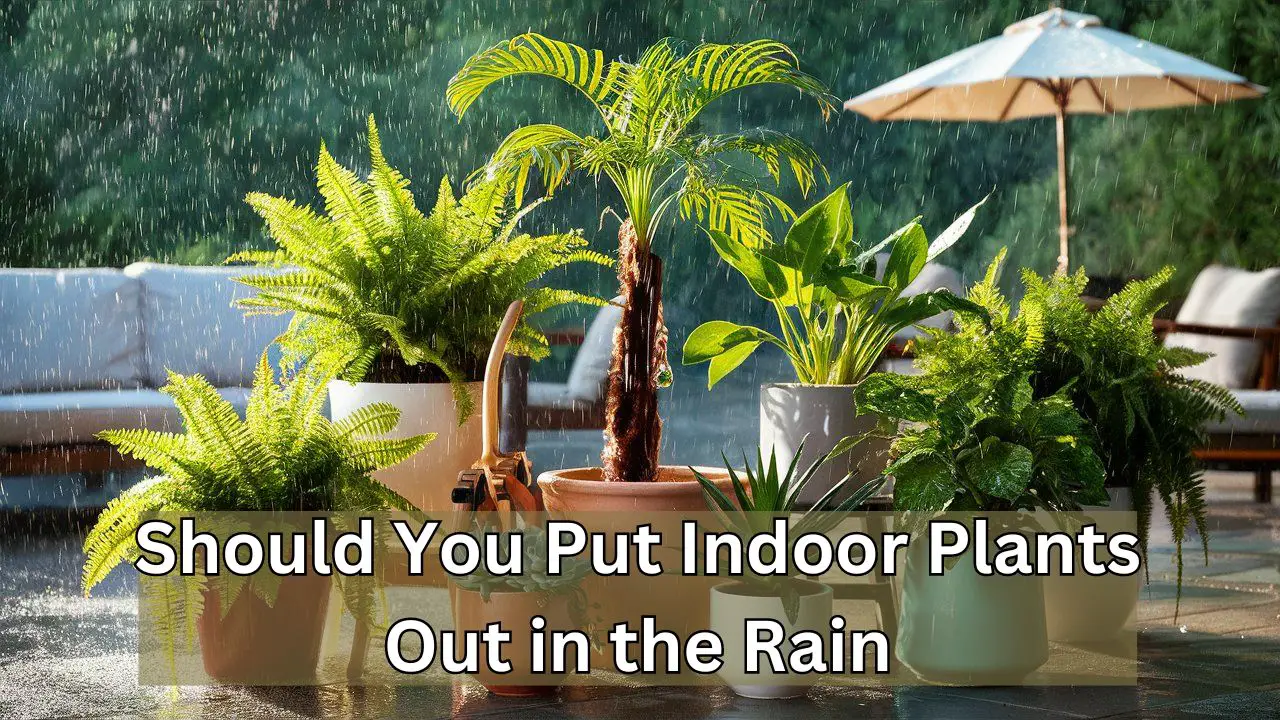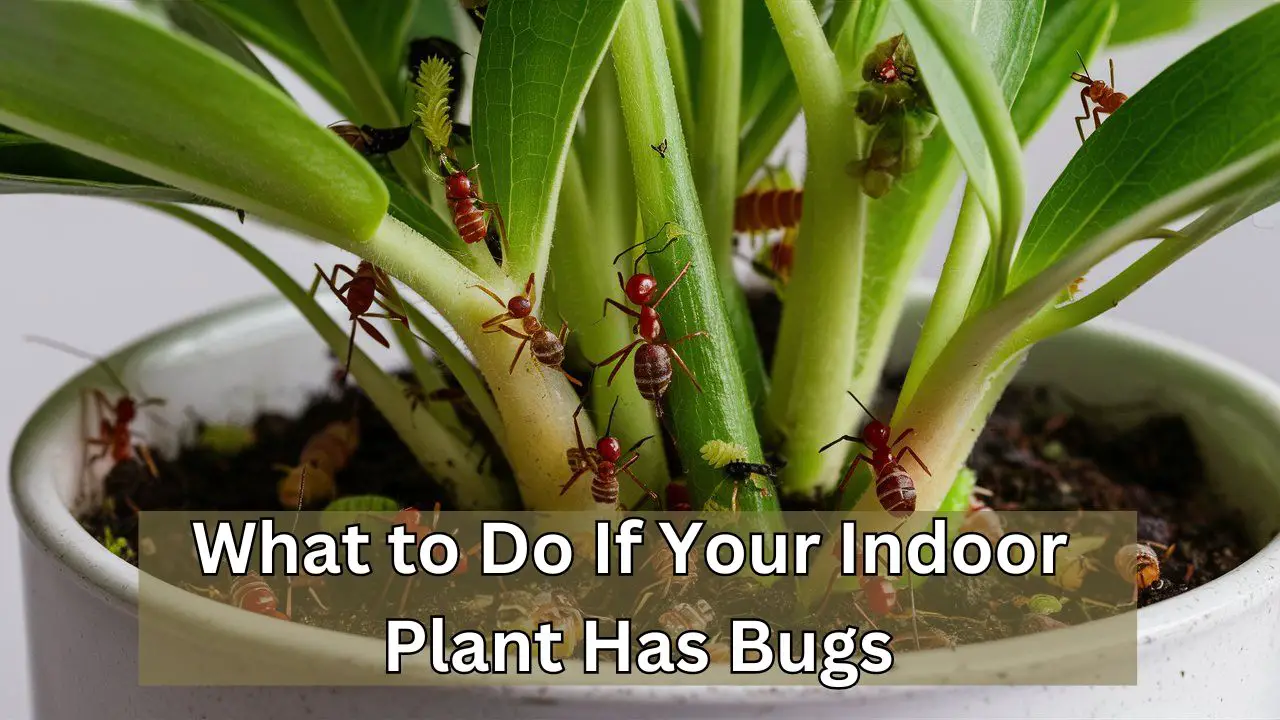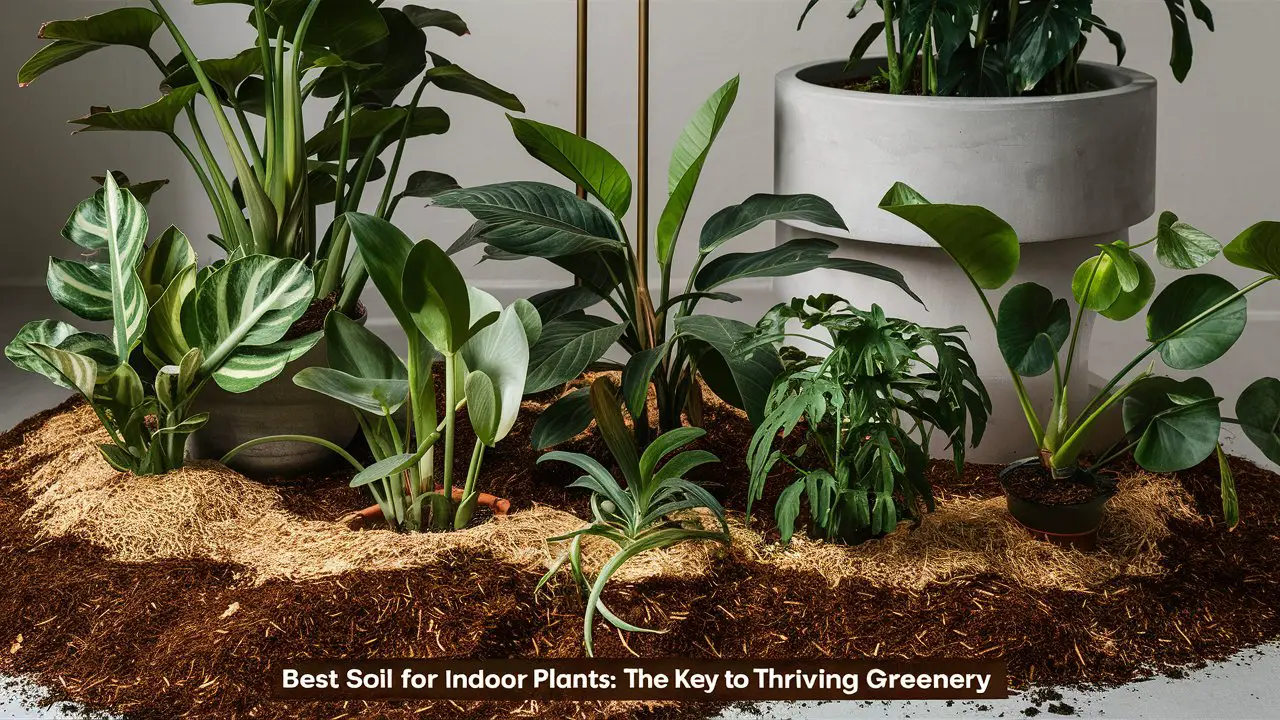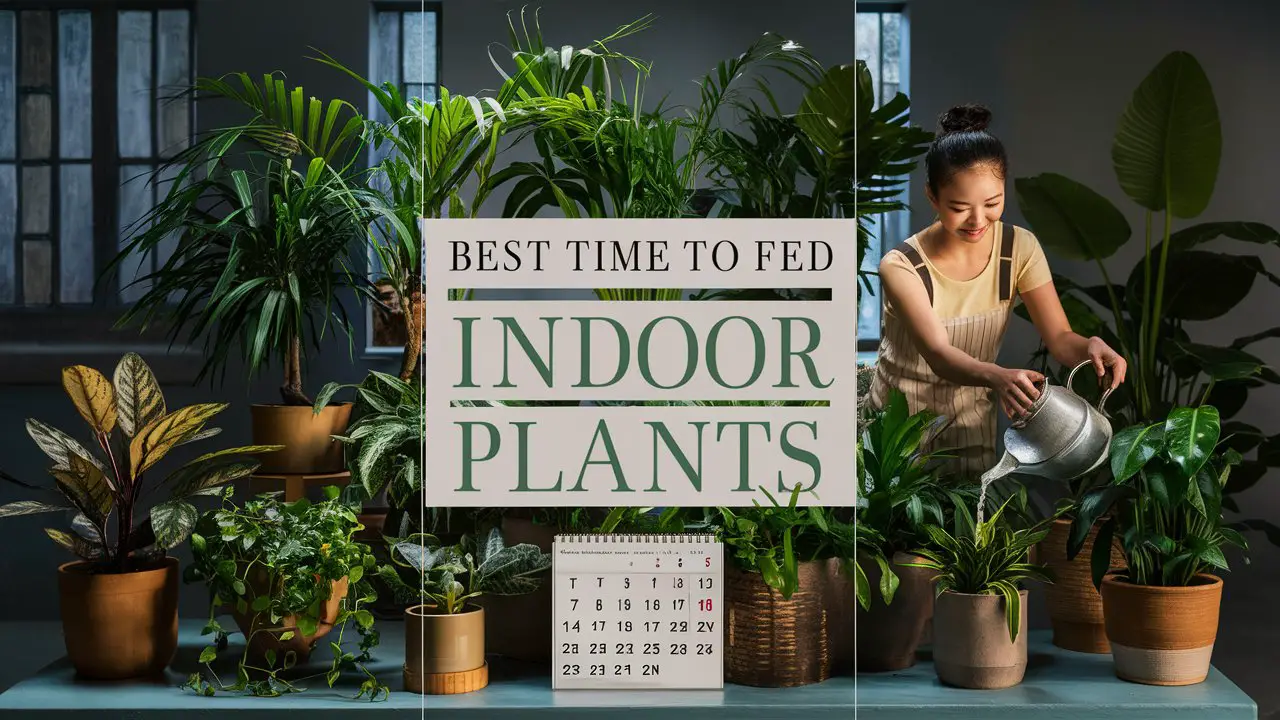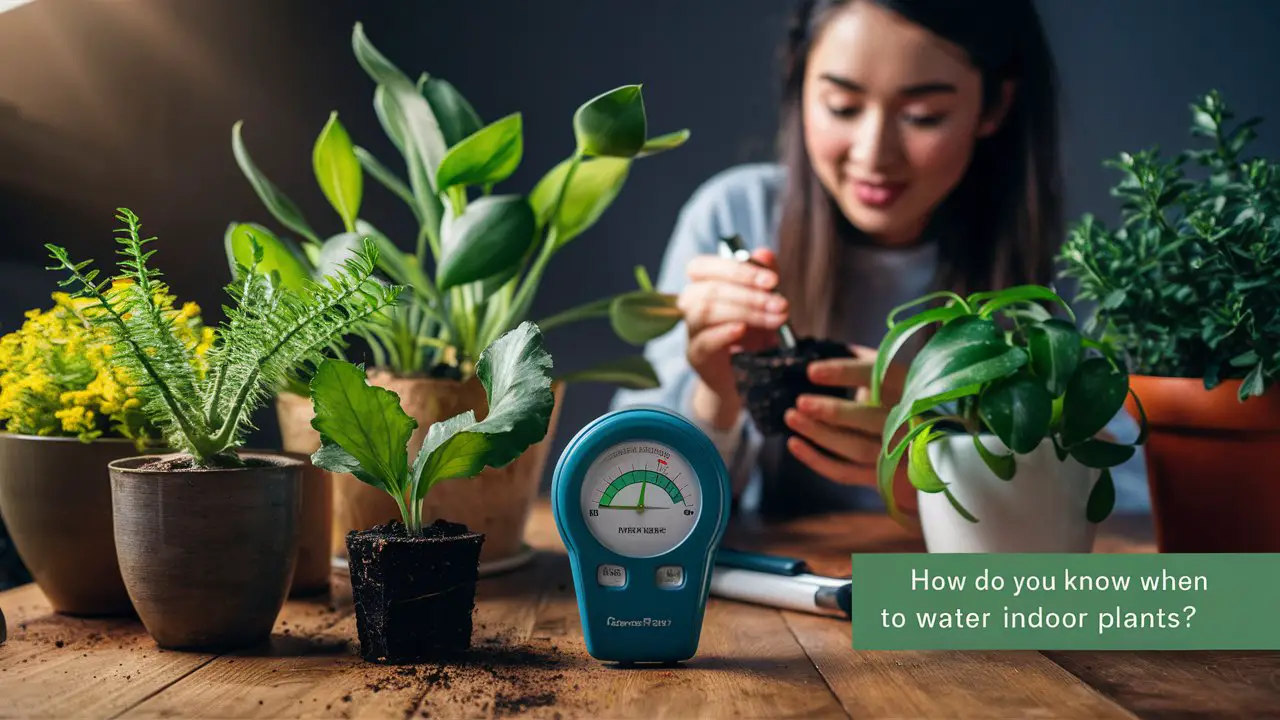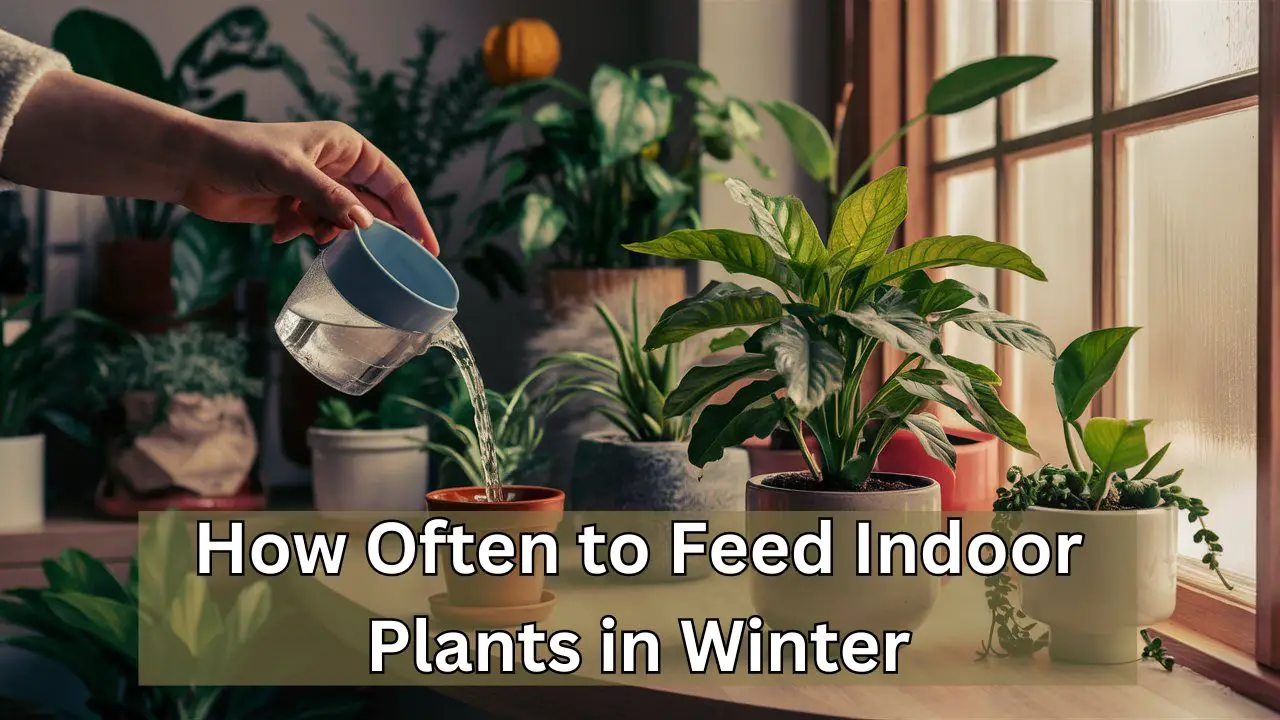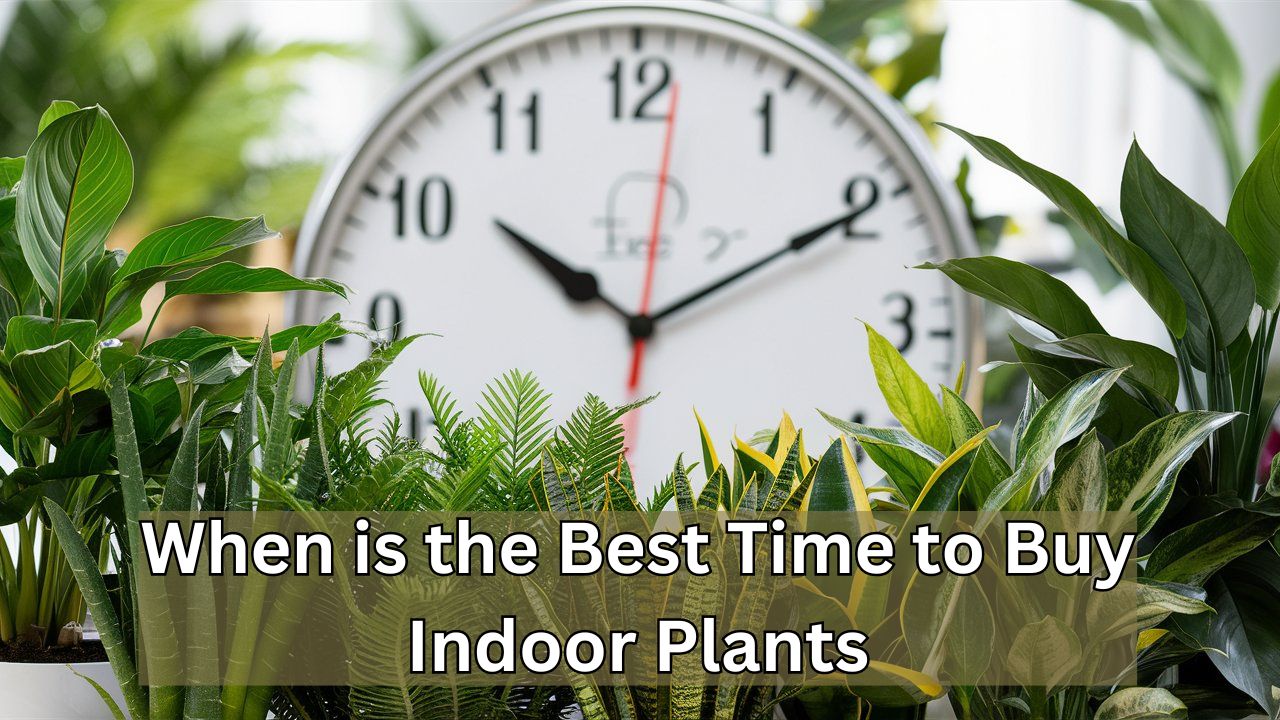Category: Planting
-
Can You Plant Indoor Hyacinths Outside After Flowering? Revitalize Your Garden!
Yes, you can plant indoor hyacinths outside after flowering. Ensure to do this in spring for best results. Hyacinths are popular indoor plants known for their vibrant colors and fragrance. After they finish blooming indoors, many gardeners wonder about transplanting them outside. Planting hyacinths in the garden can rejuvenate the bulbs, allowing them to grow…
Categories: Indoor Plants -
How Do You Know When to Repot Indoor Plants? Spot the Signs!
You know it’s time to repot indoor plants when roots grow out of the drainage holes or the plant looks cramped. Leaves may also yellow or drop. Indoor plants need periodic repotting to thrive. Over time, they outgrow their containers, leading to root-bound conditions. This restricts their ability to absorb water and nutrients. Signs that…
Categories: Indoor Plants -
Should You Put Indoor Plants Out in the Rain?: Growth Boost!
Yes, you can put indoor plants out in the rain. Rainwater is beneficial for indoor plants. Rainwater is a natural resource that provides essential nutrients to plants. It’s free from the chemicals often found in tap water. Placing indoor plants outside during rain showers can help wash away dust and pests from their leaves. This…
Categories: Indoor Plants -
What to Do If Your Indoor Plant Has Bugs: Quick Fixes!
Remove bugs from your indoor plant by isolating it and washing its leaves with soapy water. Use insecticidal soap if needed. Indoor plants can sometimes become infested with bugs, which can harm their health and appearance. Identifying and addressing the issue quickly helps prevent further damage. Common pests include aphids, spider mites, and whiteflies. Regularly…
Categories: Indoor Plants -
How to Make the Best Soil for Indoor Plants: Expert Tips
To make the best soil for indoor plants, mix potting soil, perlite, and organic compost. Ensure proper drainage and aeration. Indoor plants thrive with the right soil mix. The ideal soil must be well-draining, rich in nutrients, and light enough for roots to breathe. Combining potting soil, perlite, and organic compost creates an optimal environment.…
Categories: Indoor Plants -
When is the Best Time to Feed Indoor Plants?: Unveil Secrets
The best time to feed indoor plants is during their active growing season, typically from spring to early fall. Avoid feeding during winter dormancy. Indoor plants need nutrients to thrive, just like outdoor plants. Feeding them during their active growth phase ensures they get the energy required for optimal health. Spring to early fall is…
Categories: Indoor Plants -
Indoor Plants That Can Withstand Heat And Cold: Hardy Heroes
Spider Plant, Snake Plant, and ZZ Plant are indoor plants that can withstand both heat and cold. These resilient plants thrive in varying conditions. Indoor plants enhance home aesthetics and improve air quality. Finding plants that can tolerate temperature fluctuations is essential. Spider Plant, Snake Plant, and ZZ Plant are perfect choices. These plants adapt…
Categories: Indoor Plants -
How Do You Know When to Water Indoor Plants: Essential Tips
Check soil moisture by inserting your finger 1-2 inches deep. Water when the top inch of soil feels dry. Indoor plants need proper watering for healthy growth. Overwatering or underwatering can harm plants. Checking soil moisture helps determine the right time to water. Insert a finger into the soil to check for dryness. Water when…
Categories: Indoor Plants -
How Often to Feed Indoor Plants in Winter: Key Tips
Feed indoor plants once every 4-6 weeks during winter. They require less frequent feeding due to slower growth. Indoor plants enter a dormant phase in winter, reducing their nutritional needs. Overfeeding can harm plants during this period. It’s essential to adjust your care routine to match their slower growth. Watering needs also decrease, so check…
Categories: Indoor Plants -
When is the Best Time to Buy Indoor Plants?: Seasonal Guide
The best time to buy indoor plants is during the spring and early summer. These seasons offer optimal growth conditions. Spring and early summer provide the best climate for indoor plants to thrive. During these months, the days are longer, and sunlight is more abundant. This increased light helps plants grow stronger and healthier. Warmer…
Categories: Indoor Plants

